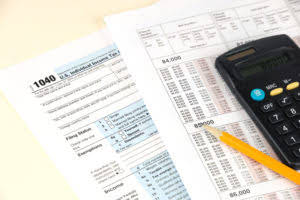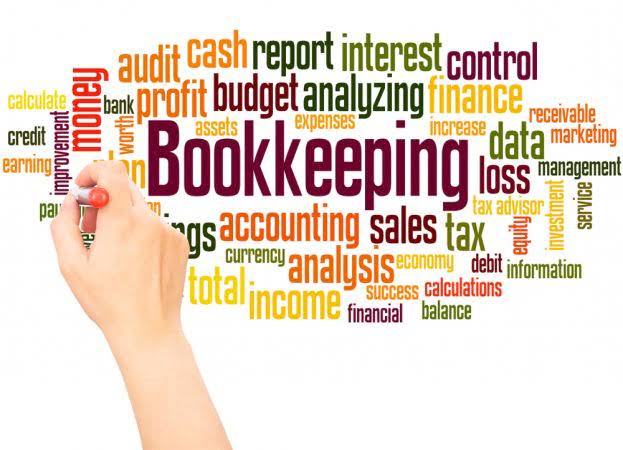Apr 1, 2021
Why It Matters: Property, Plant, and Equipment Financial Accounting

Plant assets (other than land) are depreciated over their useful lives and each year’s depreciation is credited to a contra asset account Accumulated Depreciation. If you picture a business as a process that creates wealth for the owners, PP&E are the physical machine. Left by themselves, PP&E just sit there, but put into action by people with energy and purpose, they become a money-making machine. In the end, be careful to distinguish between asset types both on the balance sheet and in practice.
Why Should Investors Pay Attention to PP&E?

Lack of real-time visibility into current assets, such as cash, receivables, and inventory, can lead to inaccurate decision-making. Businesses relying on manual processes often struggle to monitor and analyze these assets effectively, resulting in inefficiencies. Marketable securities are financial assets that are easily tradable in public markets and can be converted into cash quickly, typically within 1 year. These investments are made with the intention of earning returns in the short term, but they can be quickly liquidated if necessary to meet current financial obligations. As we continue to walk our way down the balance sheet, we come to noncurrent assets, the first and most significant of which is PP&E. At almost $23 billion, PP&E composes almost half of the total assets of $51 Accounting Periods and Methods billion.
- Deskera ERP’s inventory management capabilities help businesses track stock levels, manage reordering, and reduce excess inventory.
- In conclusion, technology plays a transformative role in managing current assets by providing businesses with the tools to automate processes, gain real-time insights, and make data-driven decisions.
- Depreciation expense — calculated in several different ways — is then carried through to the income statement and reduces net income.
- Besides, there is a heavy investment involved to acquire the plant assets for any business entity.
- These ratios provide valuable insights into a company’s cash flow, operational performance, and overall financial stability.
- Rent, insurance, and wages are examples of period costs that we match to revenues by posting them to the income statement accounts in the same period as the revenue, using time as our method of matching.
How to Analyze Current Assets: Key Ratios
This is crucial to consider when buying land for a business since it might mean the difference between a long-term profit or plant assets loss. Cloud-based solutions can also synchronize cash management across multiple departments and locations, ensuring consistent financial control. For example, automated alerts for overdue accounts receivable can prompt timely collections, while automated inventory updates can reduce manual entry errors.

What is a double-declining depreciation?
- Depreciation is the periodic allocation of an asset’s value(cost) over its useful life.
- Vehicles are subject to depreciation due to frequent use and exposure to external elements, and they require regular maintenance to stay operational.
- The PP&E account is remeasured every reporting period, and, after accounting for historical cost and depreciation, is defined as book value.
- Plant assets are not intended for resale; they are acquired and maintained to support operational needs consistently.
- Regular monitoring ensures these investments align with the business’s cash flow needs.
Purchases of PP&E are a signal that management has faith in the long-term outlook of its company. Although PP&E are vital to the long-term success of many companies, they are also capital intensive. Analysts monitor a company’s investments in PP&E and any sale of its fixed assets to help assess financial difficulties. Property, plant, and equipment (PP&E) are long-term tangible assets vital to business operations. The overall value of a company’s PP&E can range from very low to extremely high compared to its total assets.
- This high monetary value is reflected in the initial cost of acquiring and setting up these assets.
- With the right technological tools, businesses can stay ahead of the curve and ensure long-term financial stability.
- We hope you’ll know the difference between plant assets and other non-current assets and the accounting treatment.
- Left by themselves, PP&E just sit there, but put into action by people with energy and purpose, they become a money-making machine.
- Industries like heavy shipping or oil extraction stand to employ a greater percentage of plant assets than industries like software, in which teams may be remote and sometimes globally distributed.
The Hidden Costs of Downtime: Strategies to Minimize Impact and Boost Productivity

Needless to say, they’re an enormously important part of producing goods and/or services in an economically efficient manner. Businesses must be especially careful in making these investments since buildings and land are immovable and can’t be easily substituted. To be classified under the category of this kind of asset, it should be of tangible nature, which means that it should have the feature of being seen or touched. The Law Firm Accounts Receivable Management next plant assets characteristics is that it should be able to provide benefit to the business for more than one year. These costs may include transportation fees, installation costs, legal fees, and any necessary modifications or improvements to the asset. Buildings are structures where a business conducts its activities, such as manufacturing plants, corporate offices, retail stores, and warehouses.
- Buildings are assets that often retain higher quantities of value, such as office space or a physical location where consumers can do business.
- While these assets might not directly contribute to production, they are essential for supporting employees in their roles and are often updated as a business grows or changes its office layout.
- Regular performance reviews provide insights into areas for improvement, ensuring resources are utilized optimally.
- Land assets are not depreciated because of their potential to appreciate and are always represented at their current market value.
- From land and buildings to machinery and vehicles, these assets support a company’s core functions, offering value over multiple years and requiring careful management and accounting.
- Founded in 1993, The Motley Fool is a financial services company dedicated to making the world smarter, happier, and richer.